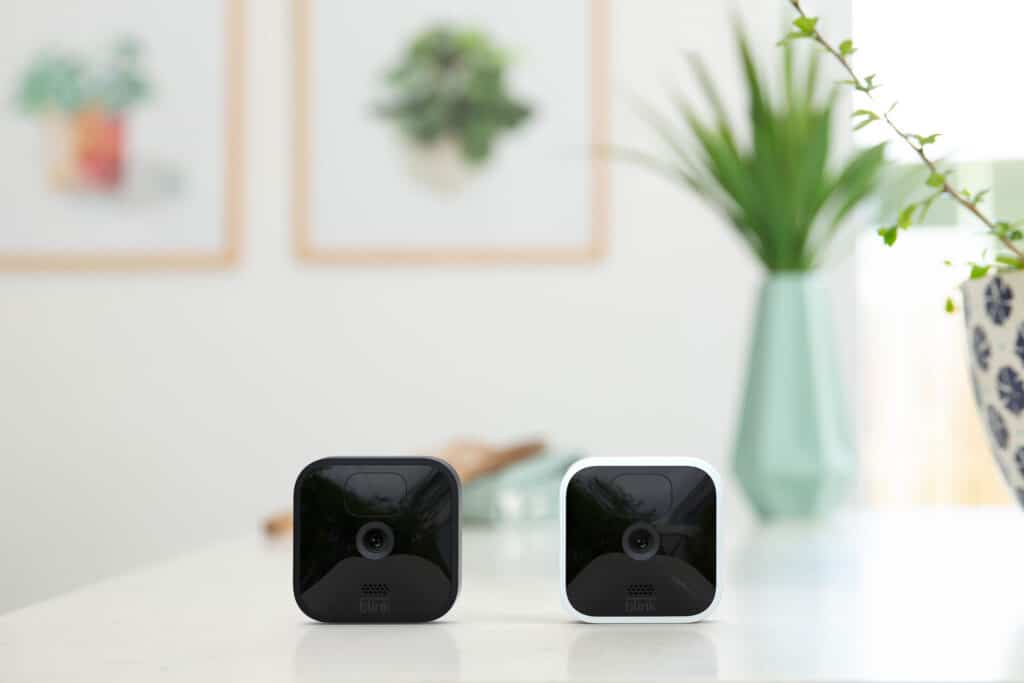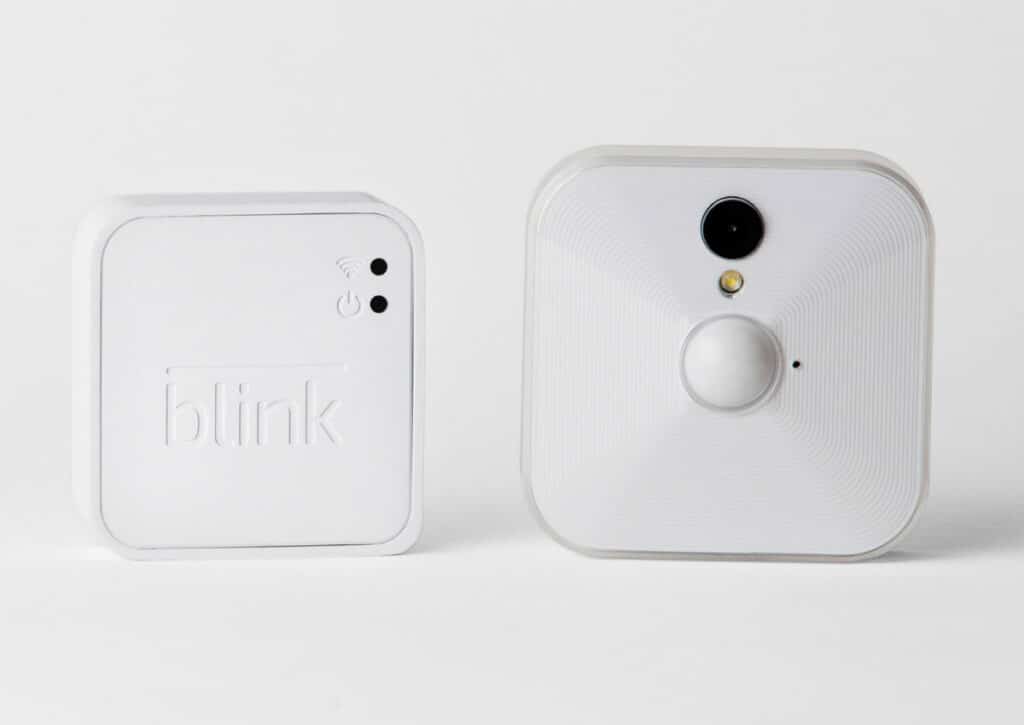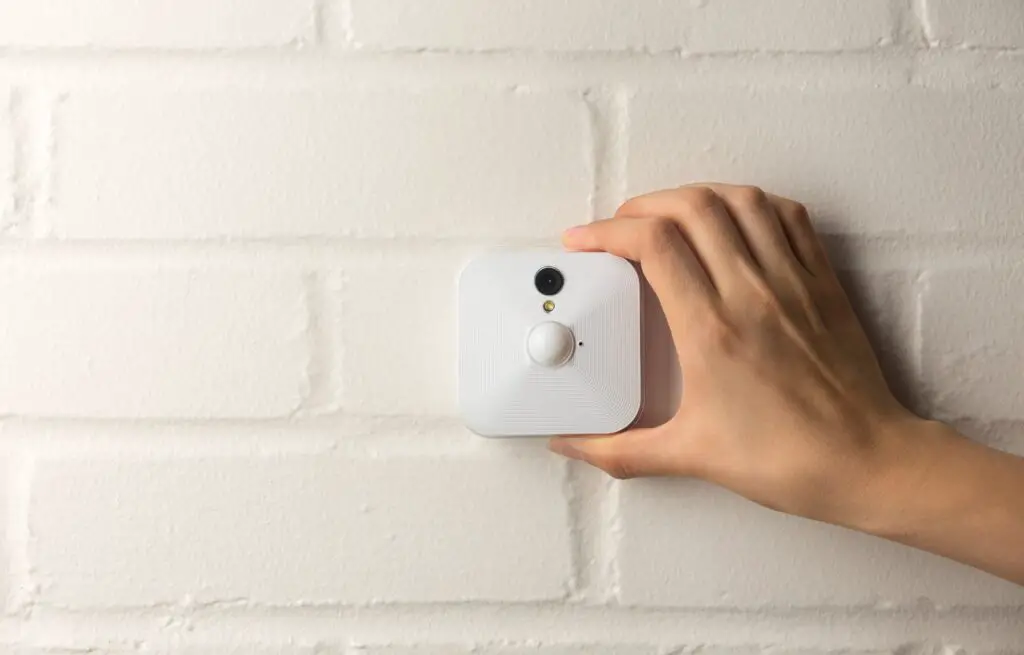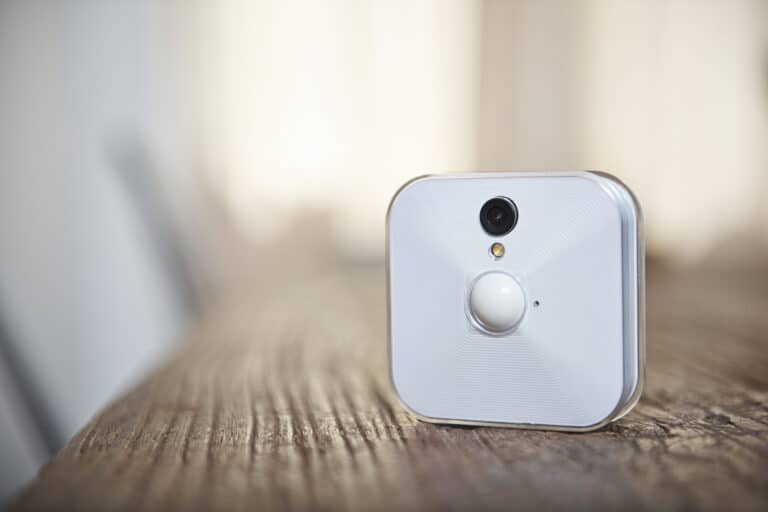Introduction
In today’s fast-paced world, security and surveillance have become paramount concerns for homeowners and businesses alike. Advanced technology has enabled the creation of sophisticated home security systems, with Blink cameras standing out as a prominent player in this domain. Blink, a leading manufacturer of wireless, battery-operated security cameras, offers users a cost-effective and user-friendly solution for monitoring their properties remotely.
Users are curious about the system’s scalability because of the popularity of Blink cameras, specifically how many Blink cameras can be included in a single arrangement. This question is of significant importance for those seeking to maximize their surveillance coverage while maintaining ease of management. System scalability for Blink cameras, exploring the factors that influence the number of cameras that can be effectively used in one system.
The technical specifications and features of Blink cameras, investigating their capabilities and limitations when it comes to network connectivity, power consumption, and data processing. Furthermore, this study aims to shed light on the practical implications of adding multiple cameras to a Blink system. We will discuss the potential benefits of extensive camera deployment, such as expanded surveillance range, enhanced monitoring capabilities, and improved overall security. By understanding these factors, users can make informed decisions on how to optimize their Blink camera systems based on their unique surveillance needs.

Can I see multiple Blink cameras at once?
If all of your Blink cameras are on the same WiFi network and sync module, you can view up to 10 of them at once using the Blink app. All of the Blink cameras are governed by the sync module, which also ensures that they are connected with your Blink account.
Yes, with the Blink security system, you can conveniently view multiple Blink cameras at once through various platforms. Blink offers a user-friendly and intuitive mobile application that allows you to monitor and manage your cameras effortlessly from a single interface.
Using the Blink app, you can access a live view of all your Blink cameras simultaneously, providing you with a comprehensive overview of different areas in and around your property. This feature is particularly valuable for homeowners and businesses that have deployed multiple Blink cameras to cover various angles and locations.
Moreover, the app lets you customize the arrangement of camera views, allowing you to create a multi-camera grid display or switch between individual camera feeds with just a tap. Whether you have two Blink cameras or a whole network of them, the app streamlines the monitoring process, providing real-time updates and ensuring that you remain connected to your security system from anywhere in the world.
Furthermore, Blink also supports web-based viewing, which means you can log in to your Blink account from a computer and see all your connected cameras simultaneously on a larger screen. This expands the convenience of monitoring your Blink cameras, giving you even greater flexibility in how you manage your security system.
How many cameras can you add to Blink Sync Module 2?
10
The Sync Module 2 enables you to: Conveniently control all of your Blink devices from the Blink app. Connect up to 10 of any Blink Wired Floodlight, Outdoor and Indoor (all models), XT2, XT, Video Doorbell, and Mini cameras. Support local video storage for up to 10 Blink cameras.
Blink’s core hub, the Blink Sync Module 2, connects cameras wirelessly and communicates with cloud servers. Your Blink system can support up to 10 compatible cameras on a Sync Module 2. This lets users increase surveillance coverage by covering more property areas.
Blink Sync Module 2 customers may add numerous cameras for more property monitoring versatility and coverage. The system supports Blink inside, Outdoor, and Mini cameras for inside and outdoor security.
Blink Sync Module 2 supports up to 10 cameras for households and small businesses. The Blink app lets customers construct a complete security network that is easy to maintain and access. Users may feel safe and monitor their surroundings with strategically positioned cameras that can capture suspicious activities across the property.
What is the range of the blink camera system?
What is the range of a Blink camera? Blink cameras work within 100 feet of the Blink Sync Module 2, which bridges the cameras to the mobile app and your home Wi-Fi network. The cameras can detect motion up to 20 feet from the camera.
The wireless connection between the Blink Sync Module and the cameras determines the Blink camera system’s range. Obstacles, interference, and Wi-Fi signal strength affect the Blink camera system’s range.
Blink cameras typically have a range of 100 feet (30 meters) from the Sync Module. This range may vary in practice. Range may be restricted by walls, bulky objects, or other wireless devices.
The Sync Module should be placed in the centre of your property to optimize Blink camera range and communication. The cameras and module will have less obstacles. A strong Wi-Fi network with a signal is also needed at camera locations to ensure a reliable connection.
Can I have 2 Blink apps on my phone?
You’re can have however, one app, one account, and multiple systems. The problem with one app accessing multiple accounts is account security.
If you’re using iOS or Android, you can’t run two Blink apps on the same phone. Mobile app marketplaces generally allow one app installation and launch per device.
However, you can use a single Blink app to manage multiple Blink camera systems. If you have multiple Blink accounts or are using Blink cameras at different locations, you can switch between the different systems within the app.
To manage multiple Blink camera systems:
- Log in to the Blink app with the appropriate account credentials for each system.
- Once logged in, you can access and control the cameras associated with that specific Blink account.
- To switch between systems, navigate to the app’s settings or account options, and log out from the current account. Then log in with the credentials of the other Blink account to access the cameras associated with that account.
One option is to log in and out of different accounts within the Blink app itself. This way, you can switch between different Blink systems using the same app. Another possibility is to utilize many devices, each for a Blink system or account. Additionally, some Android users have duplicated applications using third-party app cloning or virtualization tools, which may be unsafe.
Is Blink an IP camera?
The Blink Outdoor camera’s IP rating (how protected it is against liquids or solids) is 65.
Yes, Blink cameras can be considered IP cameras. IP cameras, or Internet Protocol cameras, are digital video cameras that transmit data over the internet or a local network. They are commonly used for surveillance and security purposes. Blink cameras fall into this category as they operate on a wireless Wi-Fi network and transmit video and data over the internet to the Blink cloud servers.
Blink’s IP cameras are easy to utilize through mobile app or online. Users may remotely monitor Blink camera live feeds and get motion-activated alerts on smartphones or other devices. The hub-like Blink Sync Module connects cameras to the Blink cloud. Battery-operated cameras connect wirelessly to the Blink Sync Module.
Blink’s IP cameras let consumers watch their properties from anywhere with an internet connection, providing peace of mind and protection. Blink cameras’ easy wiring and DIY installation make them popular with homes and small companies seeking economical and effective surveillance.
Do Blink cameras need Wi-Fi or just sync module?
The cameras use Wi-Fi to send images and notifications so you can view them from the Blink app on your mobile device. At minimum, Blink systems need a connection of at least 2 Mbps upload speed. Wi-Fi is also important for Blink cameras that need to connect to a Sync Module on the same Wi-Fi network.
Blink cameras require both Wi-Fi and a sync module to function properly. The cameras need Wi-Fi to send data and video to the Blink cloud servers so you can remotely watch them using the Blink app or web interface.
Here’s how the setup works:
Sync Module
The Blink cameras communicate with a central hub called the Sync Module. This module acts as a bridge between the cameras and the Wi-Fi network. It wirelessly connects to the cameras and collects the video data from each camera.
Wi-Fi Connection
The Sync Module needs to be connected to a Wi-Fi network. This allows the collected video data from the cameras to be sent over the internet to the Blink cloud servers. A stable and reliable Wi-Fi connection is crucial to ensure smooth and uninterrupted data transmission.
Remote Access
After uploading footage to the Blink cloud, you may remotely view cameras through the app or online. You can monitor the live video, get motion alerts, and operate your Blink camera system from anywhere with an internet connection.

How many phones can connect to Blink?
You can only have one username/email address and password per account however, you can download our app to as many compatible iOS, Android and Amazon Fire devices as you’d like, so the entire household can receive alerts or check in at home.
Multiple phones may use the Blink camera technology. Sharing Blink cameras lets relatives and friends see the live feed, receive motion alerts, and control the cameras from their devices.
To enable multiple phones to connect to the Blink camera system, you can follow these steps:
Install the Blink App
Users must download and install the Blink app on their cellphones to utilize the cameras.
Share Access
As the owner or administrator of the Blink camera system, you can invite others to share access. This can be done by sending them an invitation through the Blink app.
Accept Invitation
The invited users will receive the invitation and need to accept it to gain access to the Blink camera system. Once accepted, they can log in to the app using their Blink account credentials to view and manage the cameras.
Blink allows numerous phones to connect, so you may share access as required. Be careful when sharing access with trusted people since they will have the same camera control as you.
What can Blink do without subscription?
Alerts and Live View
Without a Blink Subscription, or existing cloud storage, certain Blink cameras receive Motion Notifications in the Blink app. Simply tap the notification to enter the camera’s Live View. No clips are saved, but you have two-way audio and video from the camera through the Blink app.
Blink cameras provide various vital features and functionality without a subscription, making them a good alternative for affordable home security. Users may enjoy these features without a subscription:
Live View
Users can access live video feeds from their Blink cameras through the Blink app or web interface. This allows real-time monitoring of their property whenever they desire.
Motion Alerts
Motion sensors on Blink cameras allow them to recognize movement inside their area of view. Users will get fundamental motion alerts via the app or email notifications without a subscription whenever motion is detected.
Two-Way Audio
Many Blink camera versions feature two-way audio, enabling users to use their cellphones to speak with people or animals nearby.
Local Storage
Blink cameras come with built-in storage that can retain recorded motion-triggered clips. These video clips can be accessed using the app without a subscription and are kept locally on the camera.
Scheduling
Users can set up custom schedules for their cameras to arm and disarm at specific times of the day, allowing flexibility in monitoring preferences.
Blink’s basic features are sufficient for many users without a subscription, but a subscription adds advanced features like person detection, zone control, and cloud storage for recorded clips.

Conclusion
The scalability of Blink cameras within a single system is an essential consideration for those seeking to establish a comprehensive and effective security network. It depends on various factors that must be carefully evaluated and managed to ensure optimal performance. The technical specifications of Blink cameras play a pivotal role in determining system scalability. Understanding the network connectivity options and the compatibility with existing infrastructure will aid in planning for a seamless integration of multiple cameras. Additionally, being mindful of power consumption and battery life is crucial to prevent disruptions in surveillance caused by frequent recharging or replacing of batteries.
The abundance of cameras can undoubtedly broaden the surveillance range, enhance monitoring capabilities, and fortify overall security measures. However, it is equally important to address the potential challenges associated with managing a large number of cameras. To avoid data bottlenecks, network bandwidth restrictions must be addressed, and enough data storage solutions are required to efficiently store the footage. To achieve the full potential of a Blink camera system, users should strike a balance between system expansion and resource management. Regular maintenance and updates to the camera firmware and associated software are crucial to ensure optimum performance and security.
The versatility and ease of use offered by Blink cameras make them an attractive choice for homeowners and businesses seeking reliable security solutions. By carefully evaluating the technical capabilities and addressing the challenges, users can successfully deploy multiple Blink cameras within a single system and create a robust surveillance network tailored to their specific needs. Users may be confident that their properties are safeguarded and monitored with accuracy and efficiency when the full potential of Blink cameras is being utilized.

